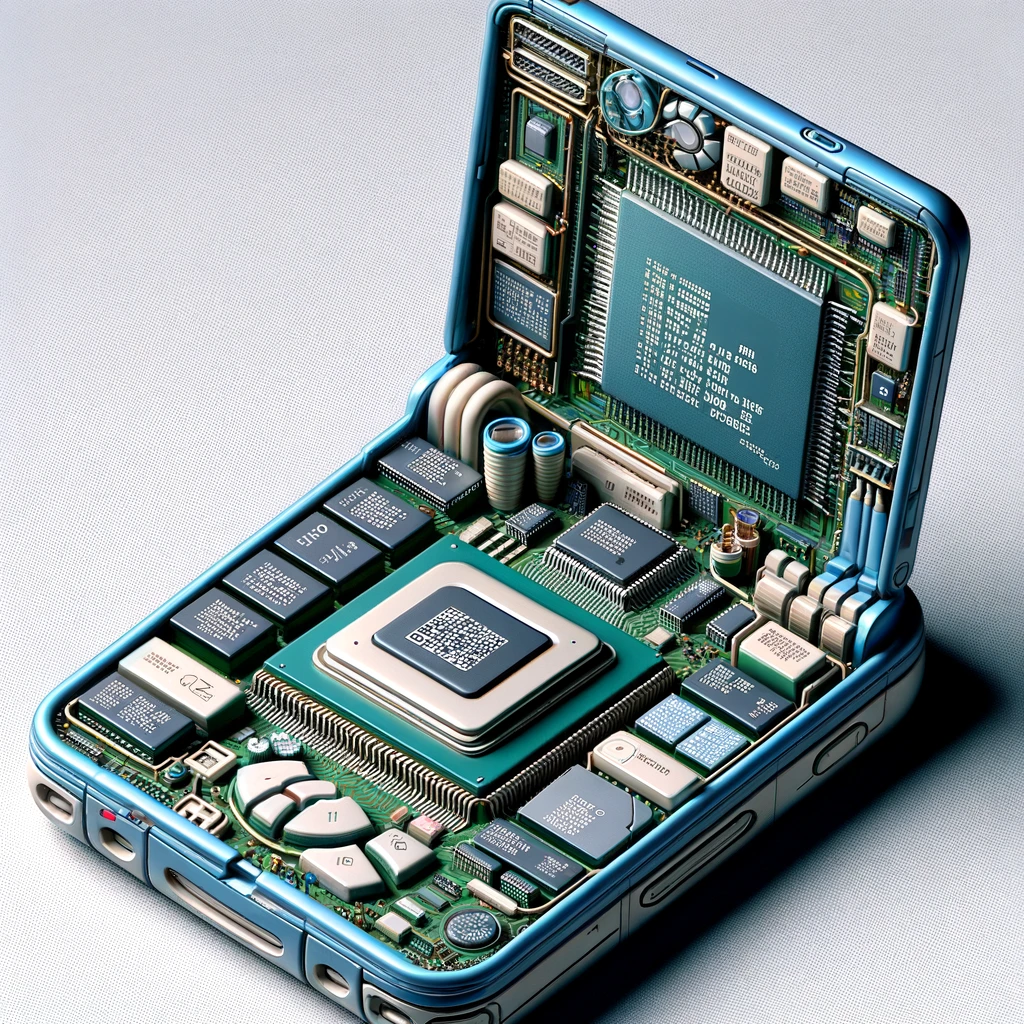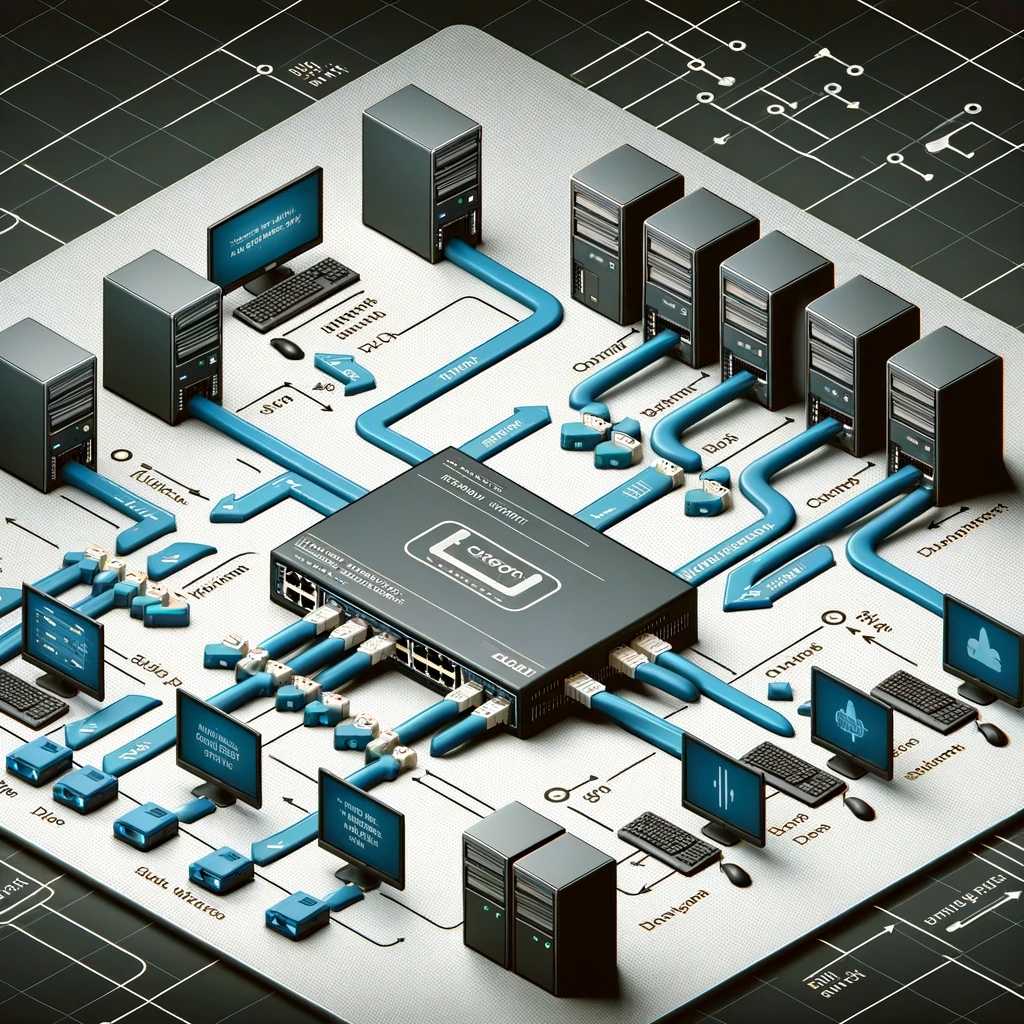Reading time: 3 minutes.
The history of the RISC (Reduced Instruction Set Computer) processor is a fascinating journey through the evolution of computer architecture, especially when viewed from a 21st-century perspective. This post aims to chronicle that journey, highlighting key developments and their impacts on technology and society.
Introduction
The RISC architecture, characterized by its simplicity and efficiency, emerged as a significant shift from the Complex Instruction Set Computing (CISC) designs prevalent in the early days of computing. This approach focused on optimizing hardware to execute a smaller set of instructions more rapidly, which eventually influenced modern computing profoundly.

The Genesis of RISC
Early 1980s: The Birth of RISC
The concept of RISC began in the 1980s at universities like Stanford and UC Berkeley. Researchers like John Hennessy and David Patterson sought to simplify the instruction set, which led to the creation of the MIPS (Microprocessor without Interlocked Pipeline Stages) and the SPARC (Scalable Processor Architecture) processors. These designs emphasized the importance of compiler technology in translating high-level instructions into efficient machine code.
The Evolution Through the 1980s and 1990s
IBM and the POWER Architecture
IBM’s entry into the RISC world with its POWER architecture marked a significant milestone. POWER (Performance Optimization With Enhanced RISC) processors, introduced in the late 1980s, were pivotal in the development of high-performance computing systems.
The Emergence of ARM
Another significant development was the creation of the ARM (Advanced RISC Machine) architecture. Initially developed for desktop personal computers, ARM’s low-power consumption feature made it ideal for the burgeoning mobile device market.

RISC in the 21st Century
The 2000s: Mobile Revolution
With the advent of smartphones in the 2000s, ARM’s RISC architecture gained unprecedented prominence. Its efficiency made it the preferred choice for mobile processors, powering billions of smartphones worldwide.
The 2010s: Cloud Computing and Big Data
The rise of cloud computing and big data in the 2010s brought new challenges and opportunities for RISC processors. Companies like Amazon and Google began exploring RISC-based solutions for their data centers to improve efficiency and reduce power consumption.
The Impact of RISC
On Technology
RISC architectures have significantly influenced the design and development of modern processors. They have enabled faster, more efficient, and smaller chips, which are crucial for mobile devices and embedded systems.
On Society
The RISC architecture has indirectly impacted society by enabling the proliferation of smartphones and other mobile devices, fundamentally changing how people communicate, access information, and interact with technology.

The Future of RISC
New Architectural Innovations
As we advance, RISC architecture continues to evolve. Innovations like RISC-V, an open standard instruction set architecture, are gaining traction. This open-source approach has the potential to democratize processor design, fostering more innovation.
RISC and AI
Artificial intelligence and machine learning are also shaping the future of RISC processors. The need for efficient computation in AI models is leading to specialized RISC-based designs that cater to these demands.
Conclusion

The journey of the RISC processor, from its conceptualization in the 1980s to its dominant role in modern computing, highlights the importance of simplicity and efficiency in processor design. As we look to the future, the principles of RISC architecture will continue to influence the evolution of computing technologies.
The history of the RISC processor is not just a tale of technological evolution but also a reflection of the changing needs and aspirations of society. From powering the first PCs to driving today’s smartphones and cloud infrastructures, RISC processors have played a pivotal role in shaping the digital world as we know it. As we continue to push the boundaries of what is possible in computing, the legacy and principles of RISC architecture will undoubtedly guide us towards more innovative and efficient solutions.



